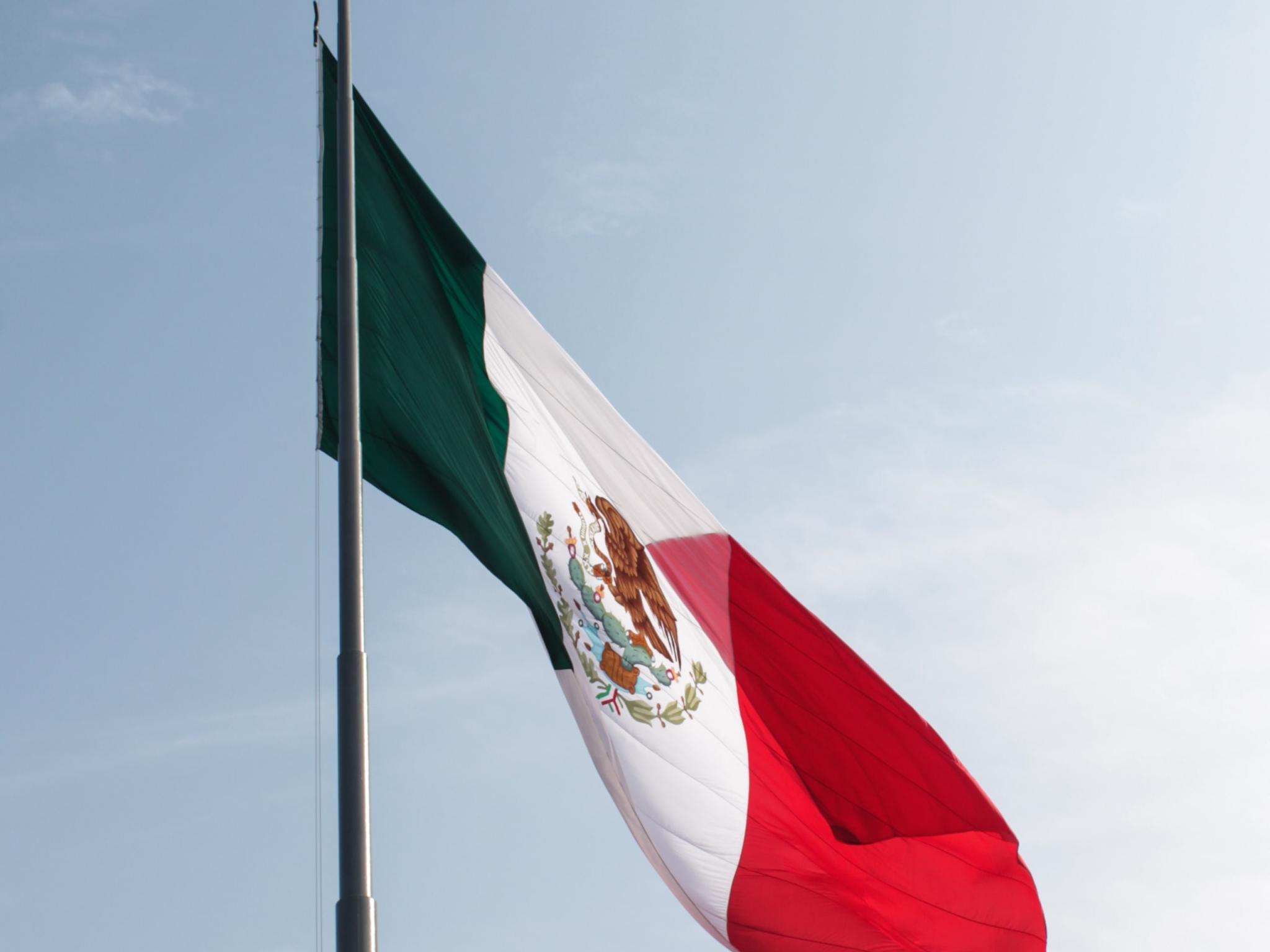
This article was originally published on The Fresh Toast and appears here with permission.
While the DEA did not outright attribute recreational marijuana legalization to the decrease in trafficked weed over the U.S. border, there is certainly a connection to be made.
The United States and Mexico border has made front page news daily for nearly a decade for all sorts of reasons. Whether it is building an expansive border wall, or major immigration policy issues — or even the ever-evolving problems of drug smuggling — there is always something critical to report on this 1,954 mile long imaginary line.
Recently, however, there has been a shakeup in one of the U.S. and Mexican border’s previously-biggest talking points: marijuana trafficking. Only a decade ago, Mexico was smuggling a significant amount of the marijuana consumed by Americans, according to the DEA. Now it appears as though marijuana smuggling into the United States is decreasing, while Mexico is seeing an increase of American made pot entering its side of the border.
The DEA released a new report, stating that, “in U.S. markets, Mexican marijuana has largely been supplanted by domestic- produced marijuana.” This is a major shift from the days when the vast majority of marijuana was coming into the United States from Mexico.
The report, titled “FY 2023 Performance Budget Congressional Budget Submission,” did, however, say that Mexico is still the main foreign supplier of U.S. marijuana. The report did not go so far as to attribute this decrease in illegal drug trafficking to legalization efforts in many U.S. states. Instead, it stated that “The national landscape continues to evolve as states enact voter referendums and legislation regarding the possession, use, and cultivation of marijuana and its associated products.”
While the DEA did not outright attribute recreational marijuana legalization to the decrease in trafficked weed over the U.S. border, there is certainly a connection to be made. In fact, this trend was noticed shortly after states began passing legalization measures.
According to a 2018 Cato Institute report on this exact subject, “State marijuana legalization starting in 2014 did more to reduce marijuana smuggling than the doubling of Border Patrol agents or the construction of hundreds of miles of border fencing did from 2003 to 2009.”
Not only is marijuana easy to get in America, it’s also a top quality product. This could be why marijuana is exiting the U.S. more and entering less. Mexico has made some small steps to catch up, like legalizing adult cannabis use and legalizing low-THC cannabis cultivation, but it has a long road ahead to total legalization. As we have previously reported, “For years, legalization advocates in Mexico argued that the country could easily establish a wildly profitable cannabis industry, but legalization came faster to parts of the U.S. — mostly importantly California — than its neighbor to the south.”
The United States and Mexico both have complicated relationships with marijuana, and neither country seems to have it figured out yet. Until the day comes where both countries have legalized the cultivation and sale of marijuana, there will likely be a continued ebb and flow at an already unpredictable and exhausted border.







